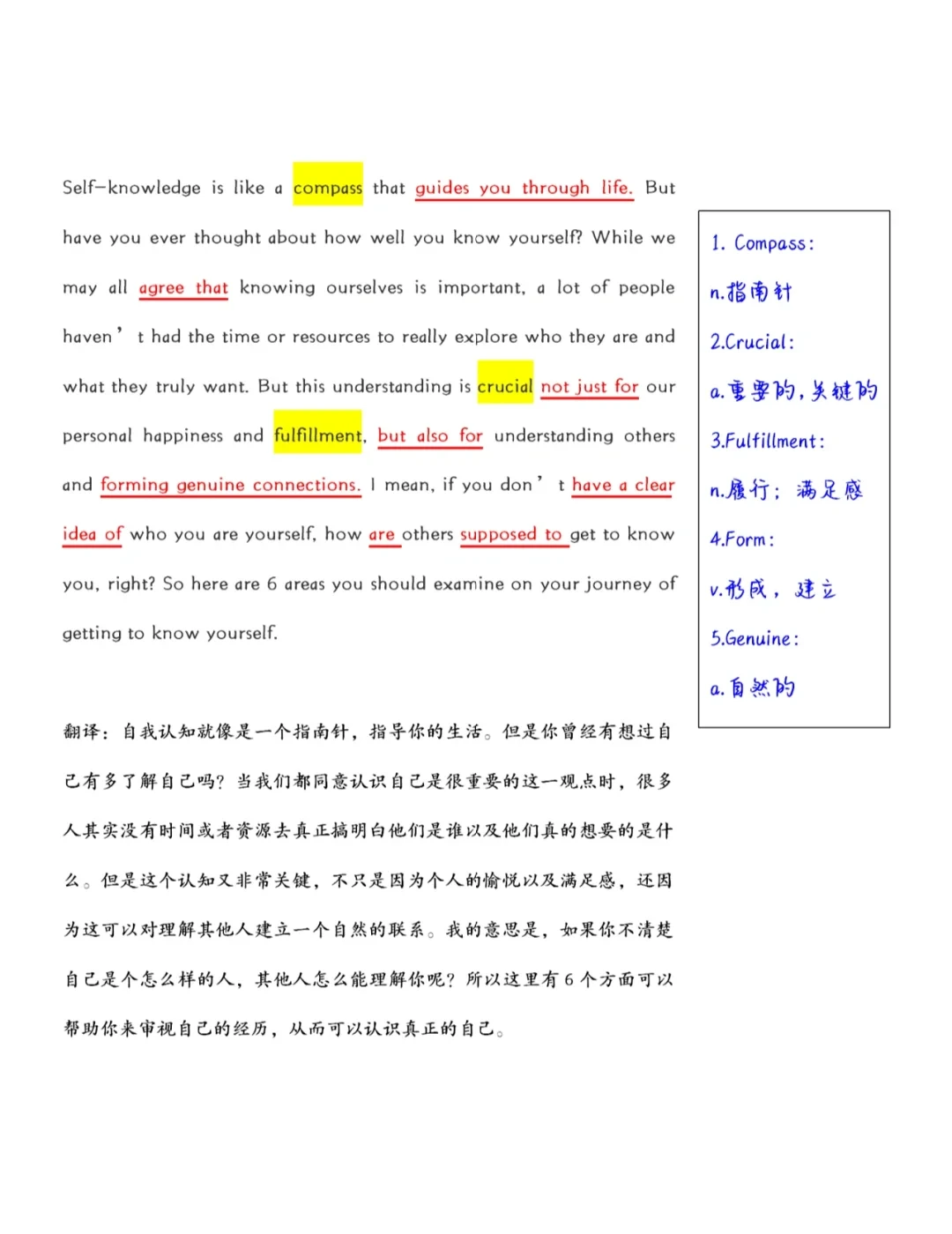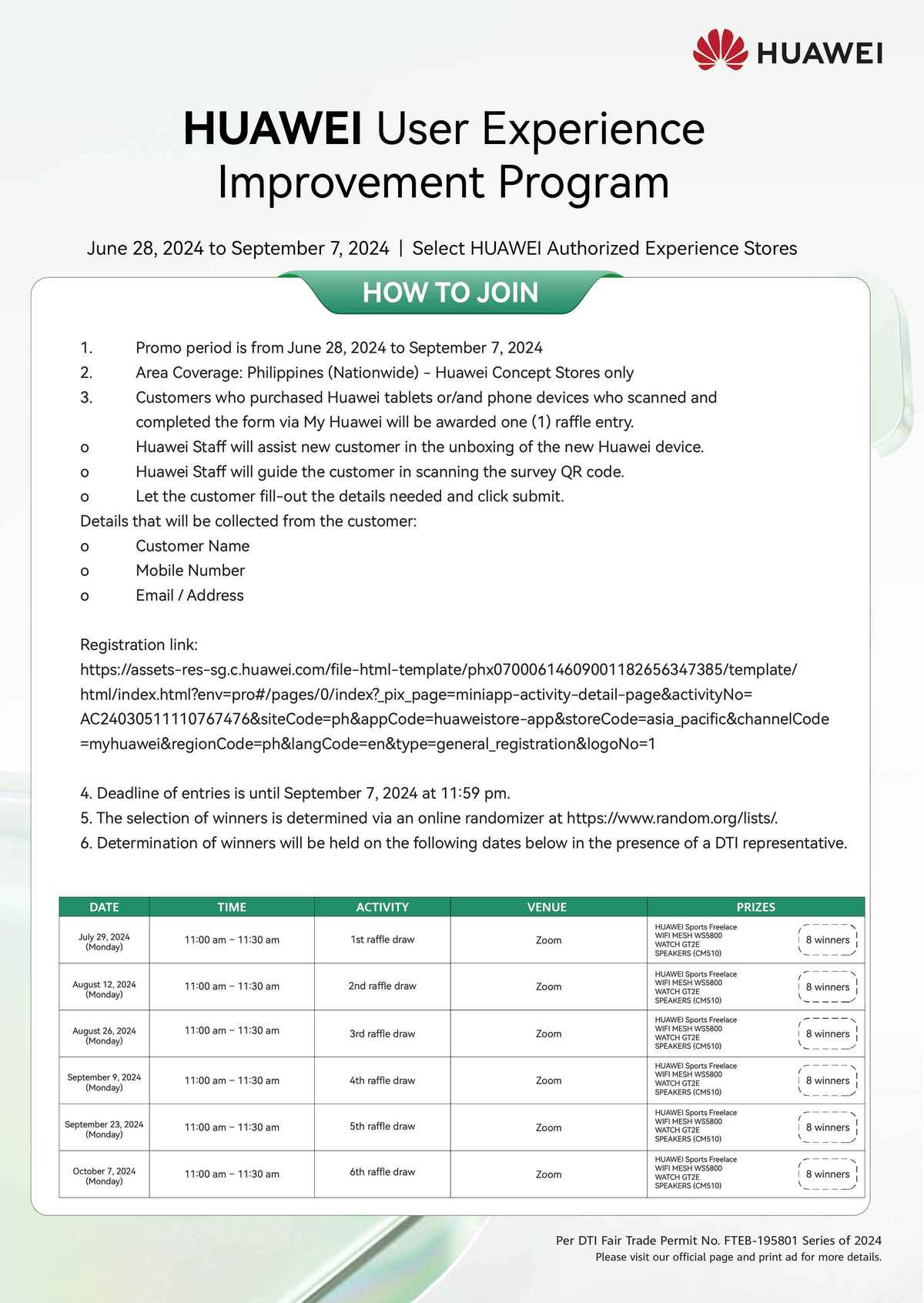======================================================================================
Portfolio optimization is one of the cornerstones of successful investing and trading. The ability to balance risk and return through the optimal selection of assets is vital for achieving superior performance in any market environment. Whether you are a seasoned investor or a beginner trader, understanding how to improve portfolio optimization can significantly enhance your results.
This guide will delve into the best methods and strategies to optimize your portfolio, covering both traditional techniques and the latest advancements in optimization, including the use of machine learning and algorithmic trading. We will also highlight the importance of portfolio optimization in quantitative trading strategies, explain its benefits, and explore various tools that can help you optimize your trading models.
What is Portfolio Optimization?
Portfolio optimization is the process of selecting the most efficient mix of assets to maximize returns for a given level of risk or minimize risk for a given level of return. It involves determining the right balance between assets like stocks, bonds, and alternative investments based on factors such as:
- Risk tolerance
- Expected returns
- Asset correlations
- Market conditions
Optimizing a portfolio can be done using various mathematical and statistical techniques, from classical mean-variance optimization to more complex approaches involving machine learning and genetic algorithms.
Why is Portfolio Optimization Important?
Portfolio optimization is crucial for several reasons:
- Risk Reduction: By diversifying investments and balancing risk, traders can protect themselves from major losses.
- Better Returns: Proper optimization can identify undervalued assets and improve the overall return profile.
- Improved Decision Making: Optimization models provide a data-driven approach to portfolio management, helping traders make more informed decisions.
- Efficient Capital Allocation: Portfolio optimization helps in allocating capital to the best-performing assets, based on both historical performance and predictive models.
Traditional Methods for Portfolio Optimization
1. Mean-Variance Optimization (MVO)
The mean-variance optimization (MVO) method is the foundation of modern portfolio theory, first introduced by Harry Markowitz. It is based on the principle of balancing expected returns (mean) with portfolio risk (variance). By considering historical returns, variances, and covariances of different assets, MVO aims to find the optimal portfolio that offers the best return for a given level of risk.
How MVO Works:
- Calculate the expected return for each asset.
- Calculate the covariance matrix to understand how different assets move in relation to one another.
- Use optimization techniques to find the portfolio that maximizes returns while minimizing risk.
Pros:
- Easy to understand and implement.
- Provides a clear framework for balancing risk and return.
Cons:
- Assumes that returns are normally distributed and that past performance is a reliable indicator.
- May not work well in volatile or extreme market conditions.
2. Capital Asset Pricing Model (CAPM)
The Capital Asset Pricing Model is a method used to determine the expected return of an asset, given its systematic risk (beta). It is a useful tool for portfolio optimization when considering market efficiency.
How CAPM Works:
- The model calculates the expected return based on the risk-free rate, the asset’s beta (how much it moves in relation to the market), and the market risk premium.
- The formula is:
Expected Return = Risk-Free Rate + Beta * (Market Return - Risk-Free Rate).
Pros:
- Widely used in the industry and backed by extensive research.
- Allows for incorporating risk-free assets, like bonds, into the portfolio.
Cons:
- The assumption of market efficiency can be unrealistic.
- Relies heavily on historical data, which may not always predict future returns.
Advanced Portfolio Optimization Techniques
While traditional methods are useful, advanced techniques offer enhanced optimization, especially in the context of quantitative trading.
1. Machine Learning for Portfolio Optimization
With the rise of big data and machine learning (ML), portfolio optimization has entered a new phase. ML algorithms, such as neural networks and reinforcement learning, can analyze vast datasets, uncover hidden patterns, and adapt to changing market conditions, improving the optimization process.
How Machine Learning Enhances Optimization:
- Predictive Analytics: ML models can predict asset returns more accurately than traditional methods by analyzing complex patterns and market factors.
- Dynamic Portfolio Adjustment: ML models can adjust portfolios in real-time based on new data, making them more adaptable to market conditions.
- Risk Management: ML algorithms can be trained to detect risk signals, allowing for better risk-adjusted returns.
Pros:
- Can handle large, unstructured datasets.
- Highly adaptive to new information and changing market conditions.
Cons:
- Requires expertise in data science and programming.
- Can be computationally expensive.
2. Genetic Algorithms for Portfolio Optimization
Genetic algorithms (GA) are optimization techniques inspired by the process of natural selection. By generating a population of possible portfolios and evaluating them based on predefined criteria (like return-to-risk ratio), GAs use mutation and crossover operators to evolve portfolios towards the optimal solution.
How Genetic Algorithms Work:
- Initial Population: Generate an initial set of random portfolios.
- Selection: Evaluate the fitness of each portfolio based on performance metrics.
- Crossover and Mutation: Combine portfolios to create new ones, introducing variation and refining the solutions.
- Iteration: Repeat the process until the optimal portfolio is found.
Pros:
- Can handle nonlinear relationships and complex constraints.
- Flexible and suitable for portfolios with many assets and constraints.
Cons:
- Can be slow, requiring many iterations.
- Complex to implement and fine-tune.

Portfolio Optimization Tools for Traders
To implement these techniques, traders need robust portfolio optimization tools. Some popular software options include:
1. Matlab
Matlab is a powerful tool for numerical computation, often used for portfolio optimization. It offers a variety of built-in functions for mean-variance optimization, CAPM, and more advanced methods like machine learning.
2. Python (with Libraries like pandas and scikit-learn)
Python is increasingly popular for quantitative trading due to its flexibility and vast ecosystem of libraries like pandas, NumPy, and scikit-learn. These libraries can be used for data analysis, backtesting, and implementing machine learning models.
3. R
R is another popular programming language for statistical computing. It has numerous packages for portfolio optimization, including PortfolioAnalytics, which allows for the application of mean-variance optimization and other advanced techniques.
4. Portfolio Visualizer
For traders looking for an accessible, no-code tool, Portfolio Visualizer is a great option. It provides a variety of optimization techniques, including backtesting, Monte Carlo simulations, and factor analysis, to improve portfolio allocation.

Frequently Asked Questions (FAQs)
1. What are the key factors to consider when optimizing a portfolio?
Key factors include expected returns, asset correlations, risk tolerance, market conditions, and time horizon. It’s important to ensure that the portfolio is well-diversified and aligned with the investor’s specific objectives.
2. How does machine learning improve portfolio optimization?
Machine learning improves portfolio optimization by identifying complex patterns in large datasets, adapting to changing market conditions, and continuously adjusting the portfolio for better risk-adjusted returns. This makes ML more adaptable and accurate than traditional methods.
3. What are the risks of portfolio optimization?
One of the risks is overfitting, especially with advanced techniques like machine learning, where the model might become too tailored to historical data and not perform well in live markets. Additionally, portfolio optimization does not guarantee profits, and it is essential to regularly monitor and adjust portfolios based on new information.

Conclusion
Improving portfolio optimization is an ongoing process that combines the right techniques, tools, and strategies to manage risk and maximize returns. Whether you are utilizing traditional methods like mean-variance optimization or experimenting with cutting-edge machine learning models, the key is to find an approach that aligns with your risk tolerance and investment goals.
As technology continues to evolve, traders have access to increasingly sophisticated tools that make portfolio optimization more accessible and effective. By embracing both classical and advanced techniques, you can enhance your trading performance and better navigate the complexities of the market.
Share your thoughts or experiences with portfolio optimization in the comments below, and don’t forget to share this article with fellow traders!

0 Comments
Leave a Comment